This is a traditional Chinese medical theory used to understand the relationship between the physiology and pathology of human body, and the impact on natural environment.

Tap to Read ➤
Theory of Five Elements
Loveleena Rajeev

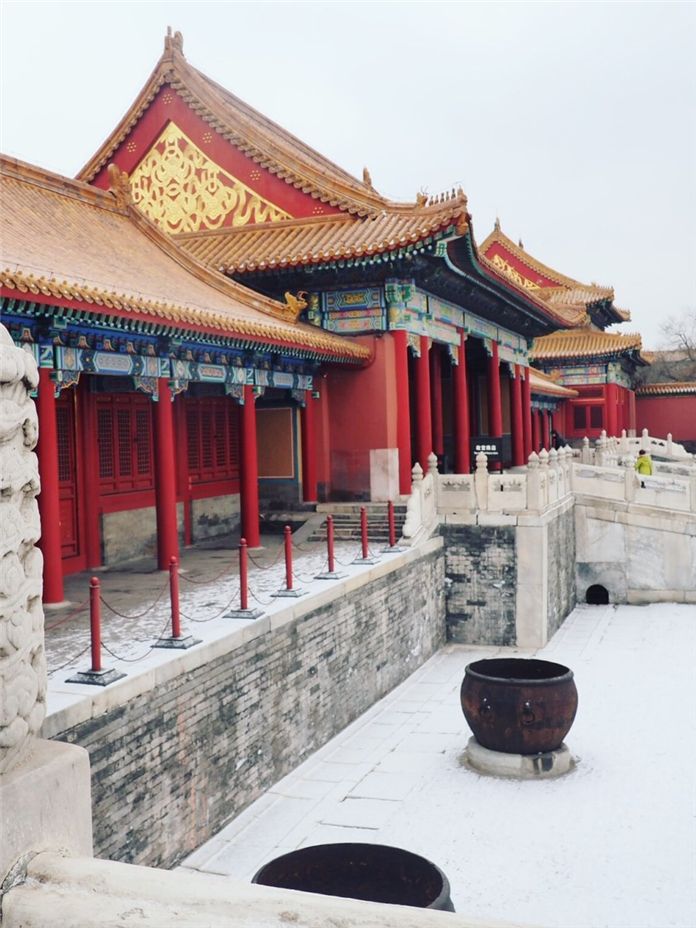
This is a traditional Chinese medical theory used to understand the relationship between the physiology and pathology of human body, and the impact on natural environment.
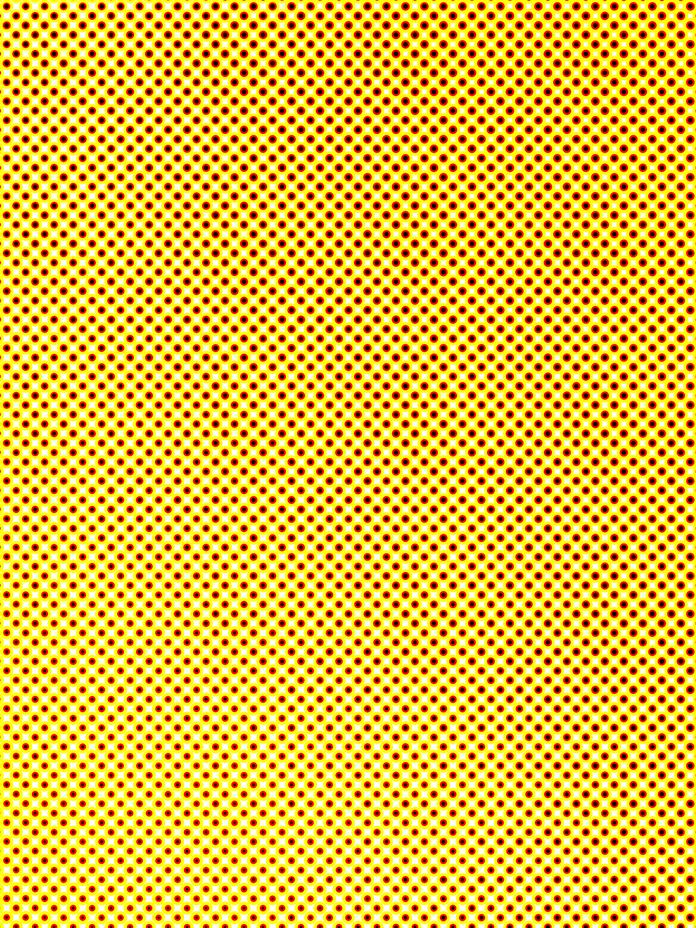
Taoist philosophy, helped form the basis of traditional Chinese medicine. Their religious and philosophical beliefs, lay in the worship of nature. The word 'Tao' 道 means path, method, principle, or way. They believed in the natural order of things, and in the continuous process of transformation of all things, at all times.
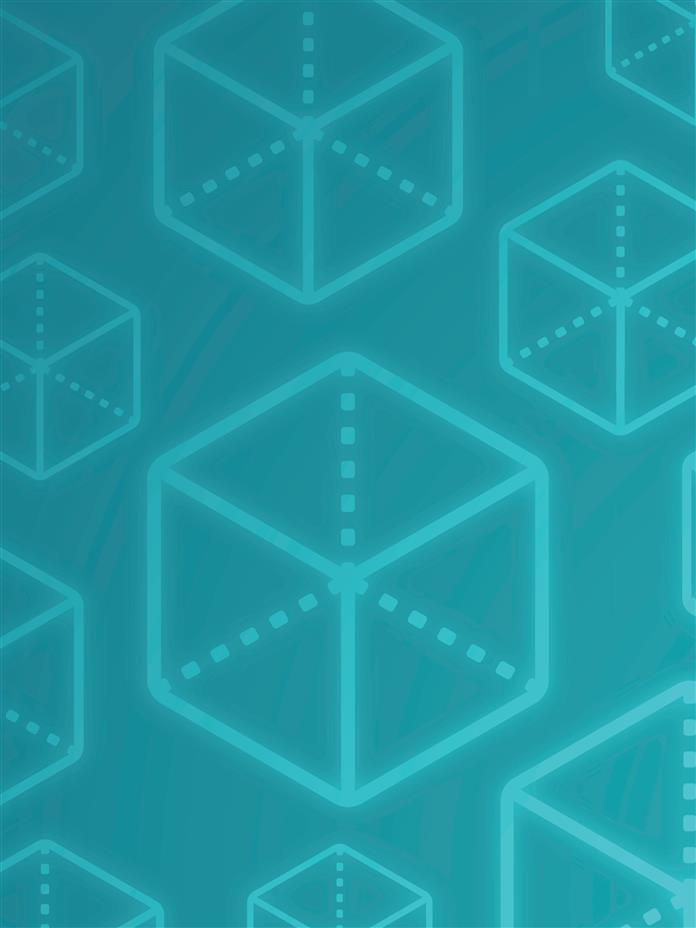
They sought to understand the natural laws of energy that co-existed between the universe, the Earth, and mankind. The flow of energy, is believed to influence the universal order of the ever-moving and ever-changing environment.
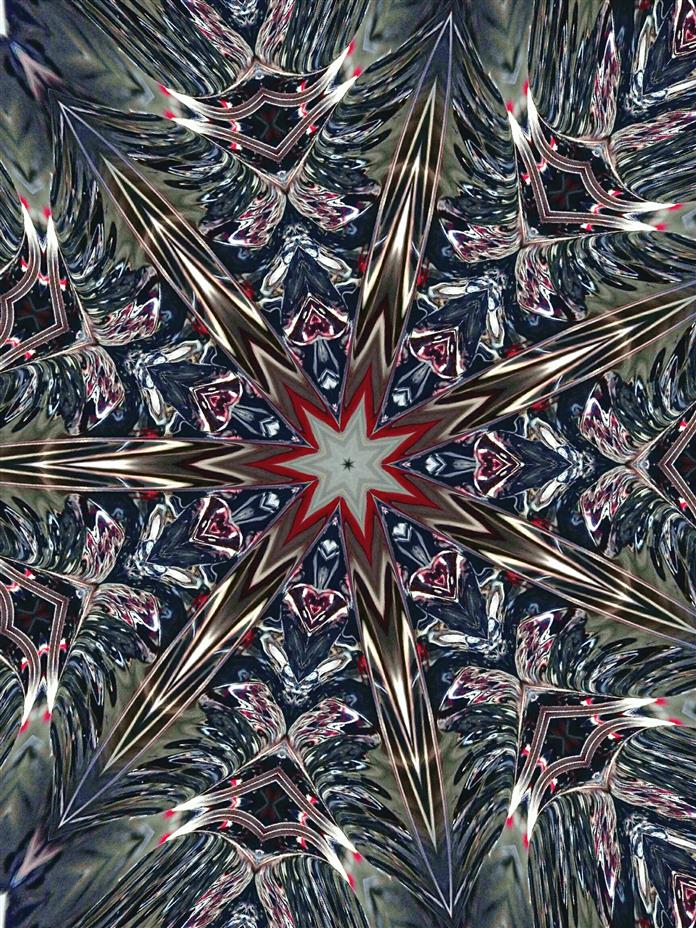
The traditional Chinese medicine is based on the belief, that the five natural elements, viz. wood, fire, earth, metal, and water, create energy, which is never constant or static, thereby affecting our physical and mental health.
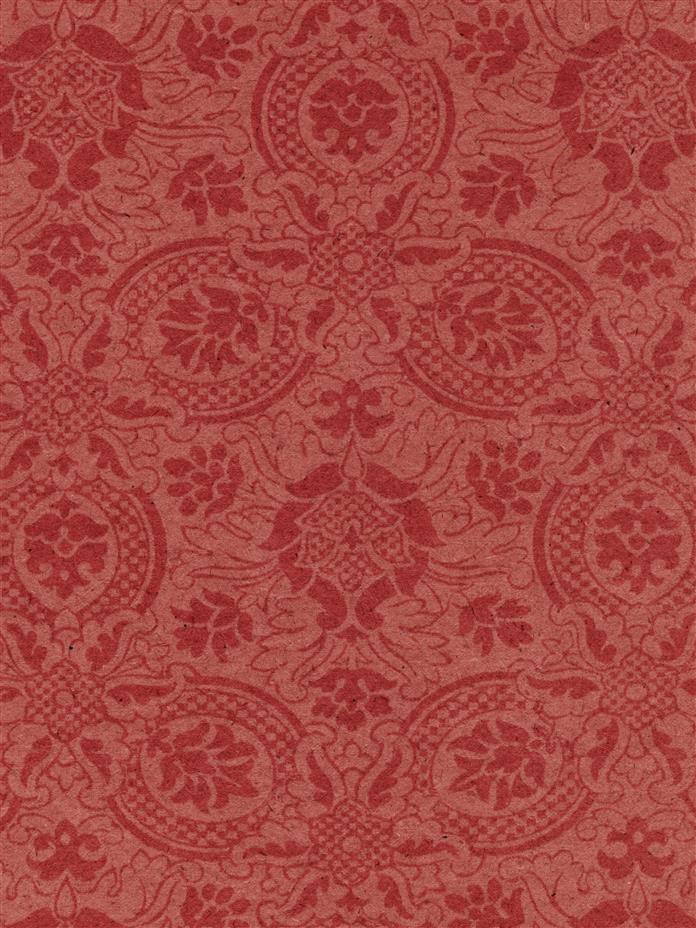
The Chinese have used this theory for over 2,000 years as a method of diagnosis and treatment.
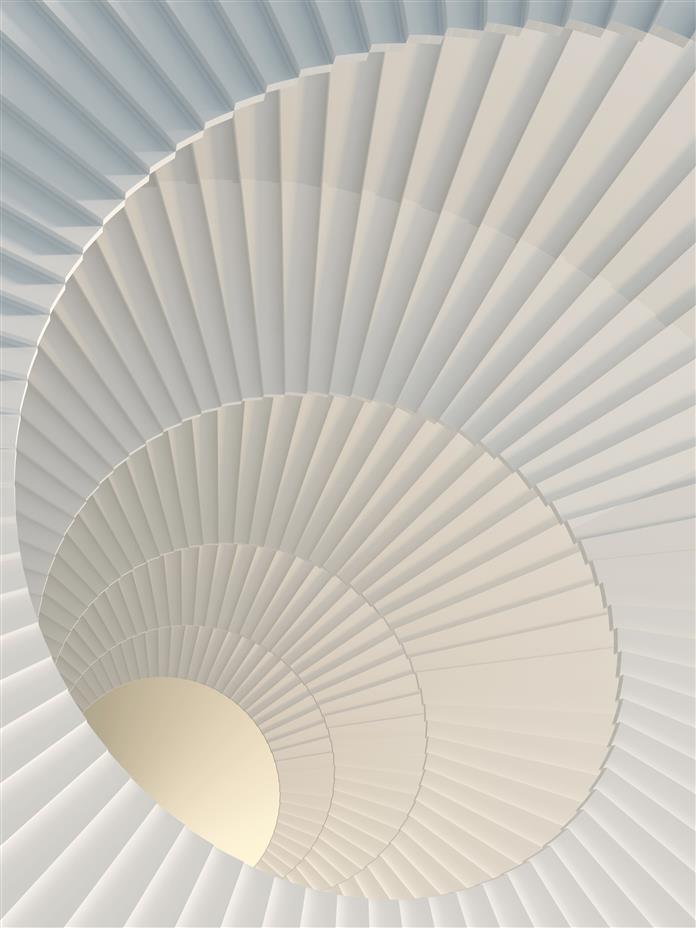
Five Element Relationships, Interactions, and Interdependence Cycle
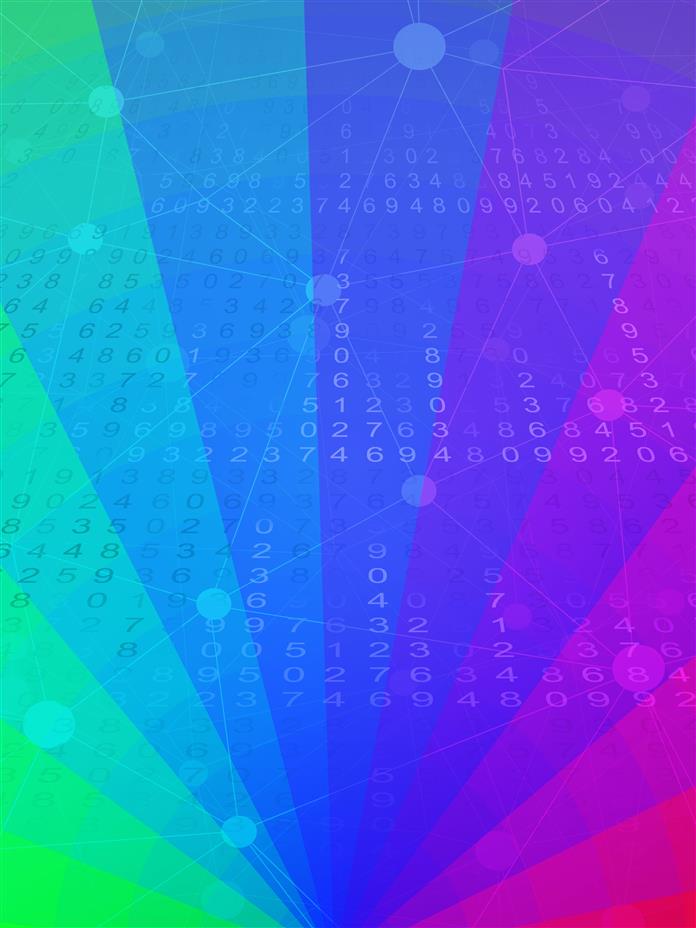
There are four main cycles, within the five elements that form relations and interact with each other. Wood, fire, earth, metal, water, and their associated sounds, colors, emotions, etc., are all interdependent on each other to create energy in the universe.
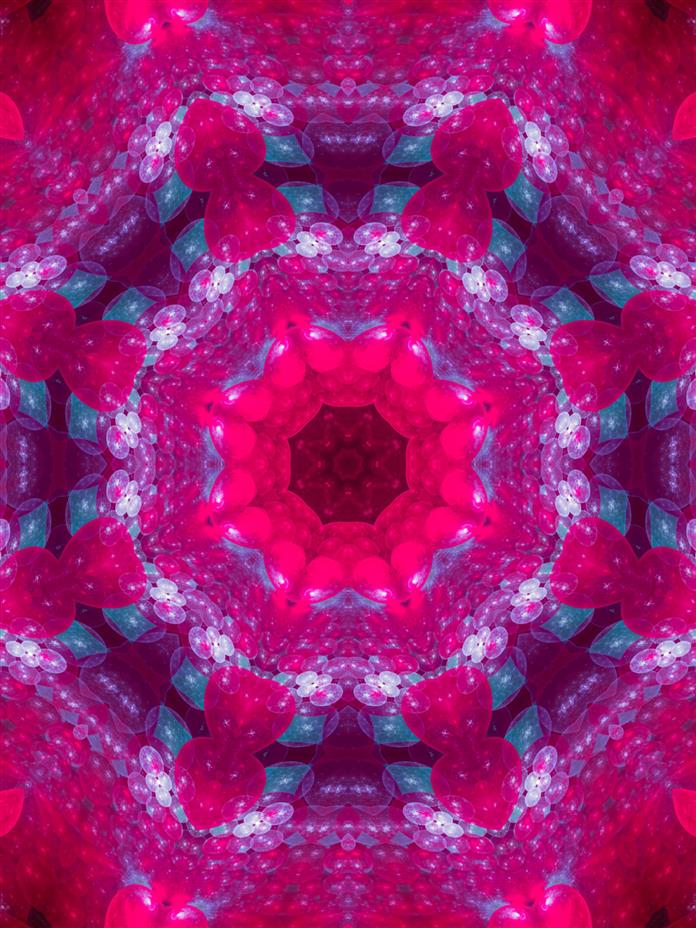
First Cycle: The first cycle is the mother-child cycle (sheng). Here, each element serves as a mother, and promotes the growth and development of the dependent child element. For example, if the Earth element is weakened, then the metal element will also be weakened. Also, the wood element provides generative force to the fire element.
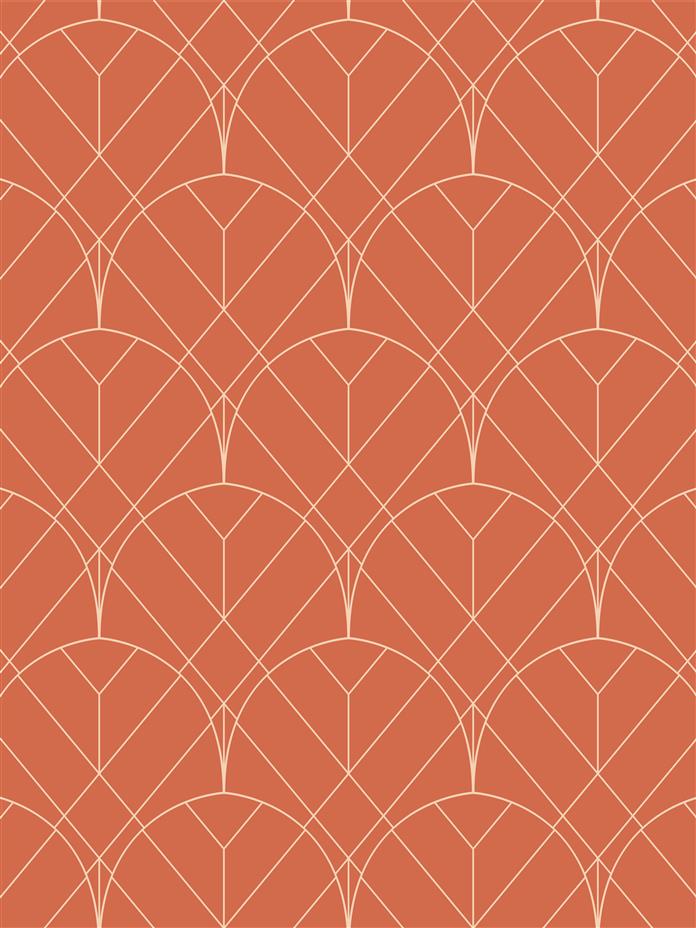
Similarly, Fire element provides a foundation for the Earth element, which in turn nurtures the Metal element. From a medical outlook, if one develops digestive problems (Earth) from irregular eating, it would cause bloating and damage the functioning and development of Lungs (Metal), leading to symptoms such as sinusitis or asthma.

Second Cycle: The second main cycle is a grandparent-grandchild (ke), and is the cycle that provides control by checking and balancing properties of all five elements. For example, earth controls water, which in turn controls fire.
In the human body, the emotion of anxiety's (Fire) relation to liver (Wood) related symptoms of hypochondriac pain, diarrhea, irregular menstruation, and vomiting, which lead to kidney (Water) related problems.
Third Cycle: The overacting cycle is a grandmother-grandchild (cheng) imbalance, where the element that serves as a grandmother overacts or exerts too much control, over its subordinate grandchild element, weakening it and causing imbalances in the body.
Medically, it would be the liver (Wood) overreacting and exerting pressure on the spleen (Earth), leading to disruptions in the digestive system. A nature example; water used to put out fire and the earth soaks up water.
Fourth Cycle: This is the insulting (wu) cycle, also an imbalance within the controlling cycle, where the grandchild returns the force or control exerted by controlling the grandmother causing an imbalance in the body. Here, instead of water containing the fire, it is consumed or burnt out by the fire.
Water
Direction : North
Season : Winter
Organs : Kidney
Sense Organs : Ears
Emotions : Fear
Colors : Black
Flavor : Salty
Direction : North
Season : Winter
Organs : Kidney
Sense Organs : Ears
Emotions : Fear
Colors : Black
Flavor : Salty
Wood
Direction : East
Season : Spring
Organs : Liver
Sense Organs : Eyes
Emotions : Anger
Colors : Green
Flavor : Sour
Direction : East
Season : Spring
Organs : Liver
Sense Organs : Eyes
Emotions : Anger
Colors : Green
Flavor : Sour
Fire
Direction : South
Season : Summer
Organs : Heart & Sexual glands
Sense Organs : Tongue
Emotions : Happiness
Colors : Red
Flavor : Bitter
Direction : South
Season : Summer
Organs : Heart & Sexual glands
Sense Organs : Tongue
Emotions : Happiness
Colors : Red
Flavor : Bitter
Earth
Direction : Center
Season : Late Summer
Organs : Spleen
Sense Organs : Mouth
Emotions : Worry
Colors : Yellow
Flavor : Sweet
Direction : Center
Season : Late Summer
Organs : Spleen
Sense Organs : Mouth
Emotions : Worry
Colors : Yellow
Flavor : Sweet
Metal
Direction : West
Season : Autumn
Organs : Lungs
Sense Organs : Nose
Emotions : Happiness
Colors : White
Flavor : Spicy
Direction : West
Season : Autumn
Organs : Lungs
Sense Organs : Nose
Emotions : Happiness
Colors : White
Flavor : Spicy
Using the relationship between the five elements, imbalances are checked and treated. Acupuncture treatment has its basis in the theory of five elements. The elements interact in a cycle, either promoting or opposing each other. They constantly move and change interdependently, creating complex relations between objects, emotions, and the human body.